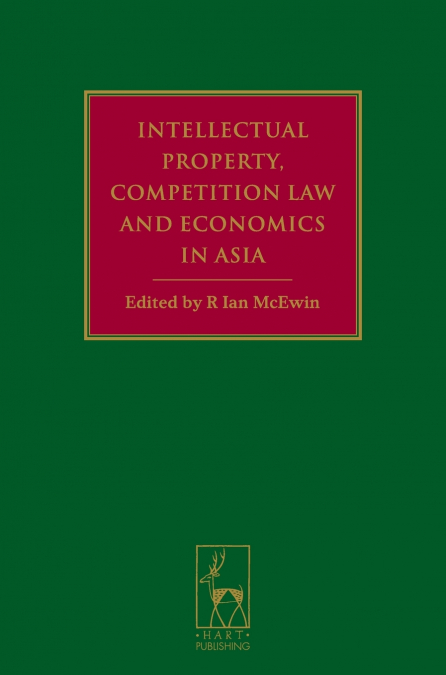
 Librería Perelló (Valencia)
Librería Perelló (Valencia)
 Librería Aciertas (Toledo)
Librería Aciertas (Toledo)
 El AlmaZen del Alquimista (Sevilla)
El AlmaZen del Alquimista (Sevilla)
 Librería Elías (Asturias)
Librería Elías (Asturias)
 Librería Kolima (Madrid)
Librería Kolima (Madrid)
 Donde los libros
Donde los libros
 Librería Proteo (Málaga)
Librería Proteo (Málaga)
This book results from a conference held in Singapore in September 2009 that brought together distinguished lawyers and economists to examine the differences and similarities in the intersection between intellectual property and competition laws in Asia. The prime focus was how best to balance these laws to improve economic welfare. Countries in Asia have different levels of development and experience with intellectual property and competition laws. Japan has the longest experience and now vigorously enforces both competition and intellectual property laws. Most other countries in Asia have only recently introduced intellectual property laws (due to the Trade-Related Aspects of Intellectual Property Rights (TRIPS) Agreement) and competition laws (sometimes due to the World Bank, International Monetary Fund or free trade agreements). It would be naïve to think that laws, even if similar on the surface, have the same goals or can be enforced similarly. Countries have differing degrees of acceptance of these laws, different economic circumstances and differing legal and political institutions. To set the scene, Judge Doug Ginsburg, Greg Sidak, David Teece and Bill Kovacic look at the intersection of intellectual property and competition laws in the United States. Next are country chapters on Asia, each jointly authored by a lawyer and an economist. The country chapters outline the institutional background to the intersection in each country, discuss the policy underpinnings (theoretically as well as describing actual policy initiatives), analyse the case law in the area, and make policy prescriptions.